Local Landowners Capitalize on Growing Agritourism Market
Flathead Valley property owners are adding tourism to their crop rotation as they seek to sustain their agricultural land and diversify revenue streams
By Maggie Dresser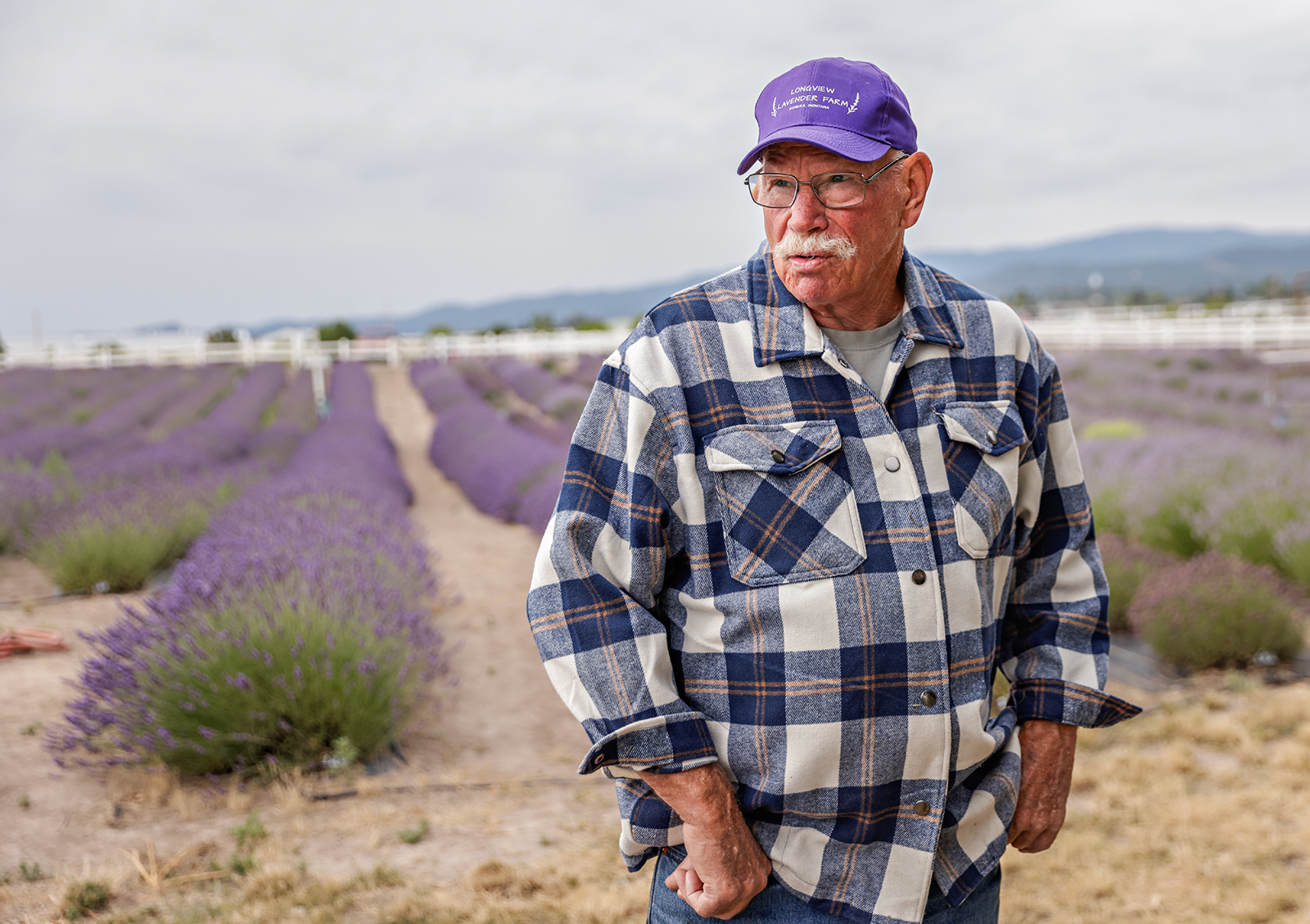
After years in the cultivating business, growing cherries on the east side of Flathead Lake and flowers in central California, Mike Sullivan returned to Montana about two decades ago and purchased 5 acres in Somers off MT Highway 82.
The plot had most recently been used to grow alfalfa and when Sullivan bought the property, he grew pumpkins, winter squash and vegetables. But as visitation to Glacier National Park continued to bring more people to the Flathead Valley every year, he started looking into crops that could attract tourists to the farm and landed on lavender.
Sullivan planted a handful of lavender varieties about seven years ago and he now has about 8,000 plants with two distillers, which he uses to make essential oils. Visitors take tours around the property, which is now called Longview Lavender Farm, and Sullivan also gives a distillation presentation using the 60- and 200-liter copper devices that originated in Portugal.
“At the park, they come here for a week or so on average and what ends up happening is they want to do other things in the valley,” Sullivan said. “So, for us, it was a situation where we had the acreage, and we basically turned it into an income stream.”
Known as agritourism, the hybrid economic driver has experienced rapid growth in recent years and a way to diversify revenue streams in Montana. The concept has been especially beneficial for smaller farms, which are more prevalent on the west side of the state compared to eastern Montana, where there’s larger-scale grain production, according to an agritourism report by the University of Montana’s Institute for Tourism and Recreation Research (ITTR).
In 2022, the average farm in Flathead County was 158 acres compared to 8,767 acres in Big Horn County, according to U.S. Department of Agriculture data.
“Here in the valley, what you’re seeing is your larger acreage is getting consumed by development,” Sullivan said. “For agritourism, it comes down to smaller acreage and what I would call niche crops.”
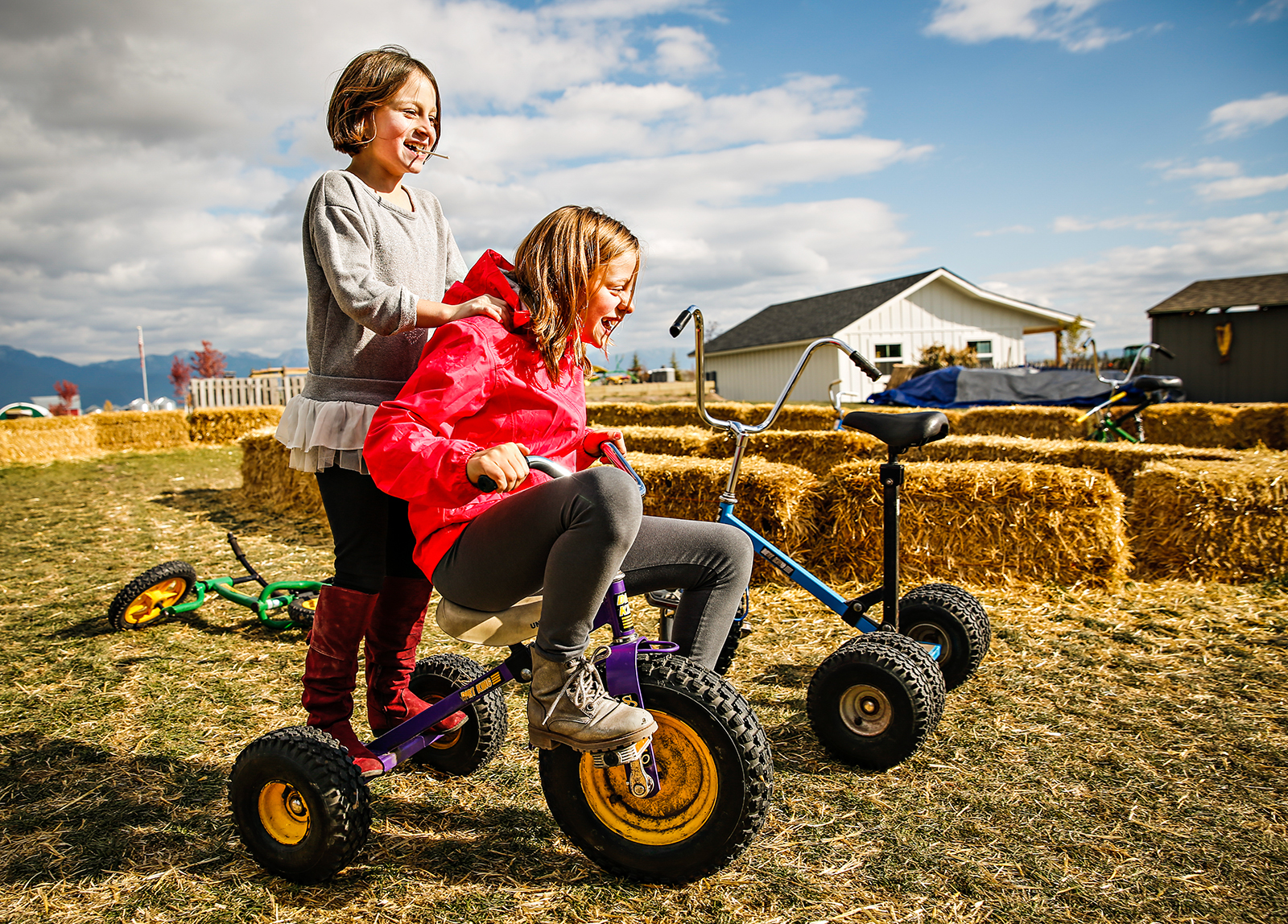
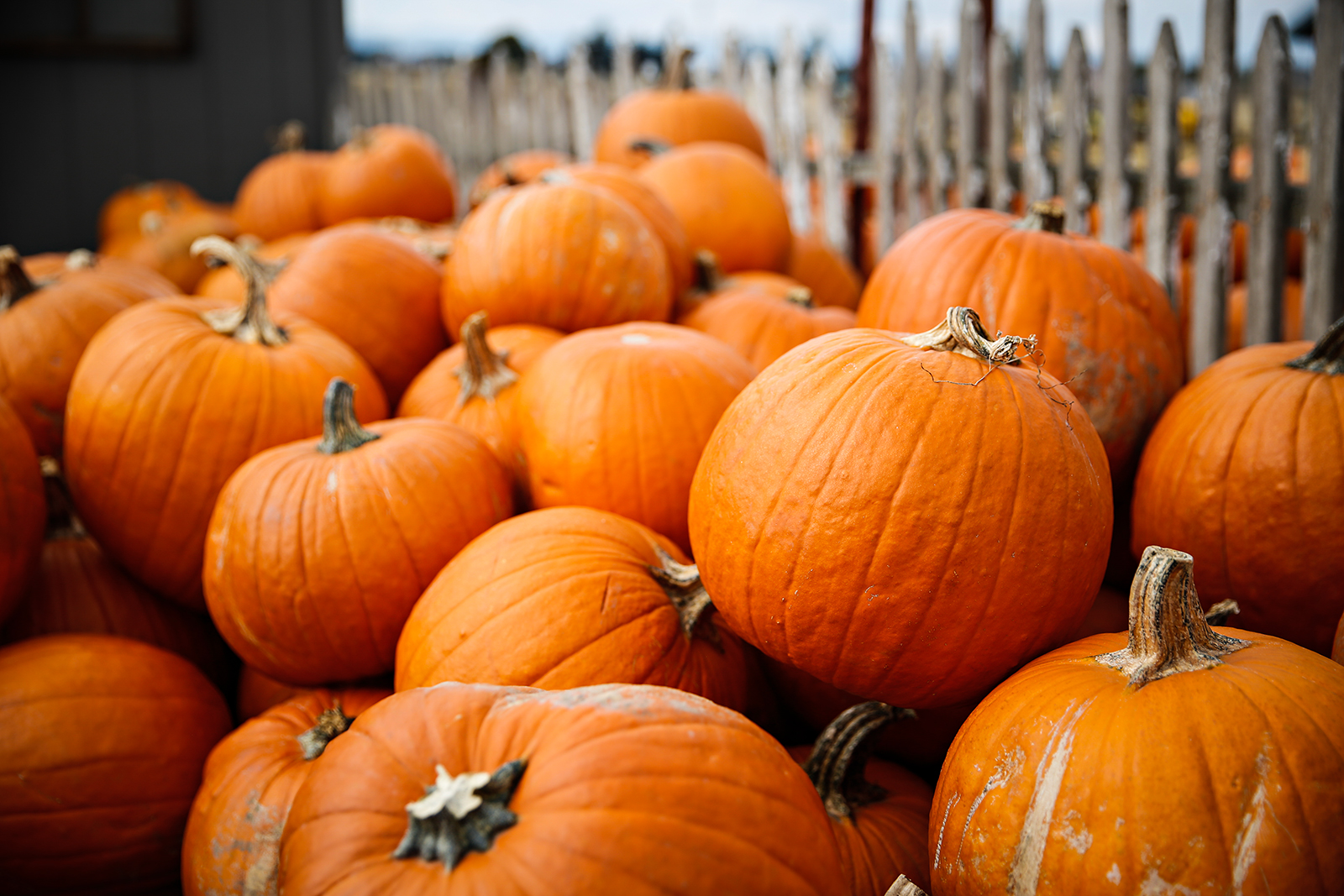
Common examples of agritourism include u-pick farms, dude ranches, alpaca farms, pumpkin patches and farm tours on portions of the 93 million acres of Montana land that’s used for agriculture.
“It offers farmers and ranchers a way to supplement their income – especially on small- and mid-sized operations,” Glenna Hartman, a lead author of the ITTR report, said. “It offers a chance to diversify income, and it brings those tourism dollars into rural communities.”
While tourism opportunities on agricultural land is nothing new, Hartman said the trend has spiked in recent years and the term “agritourism” has become standard in the industry.
“Ten years ago, nobody knew what agritourism was,” she said.
Education has become a central piece of agritourism, which allows visitors to learn about Montana’s heritage.
At Longview Lavender, Sullivan gives guided tours and educates both locals and nonresidents about the plant. While most people know lavender as a calming herb, they don’t realize it’s native to the Mediterranean and commercial lavender scents are often made synthetically.
“Most people don’t know much about it – they like the look of it, they like the smell, they like the aroma and know it has a calming effect,” Sullivan said. “They just need to be educated. That’s what we do here at the farm.”
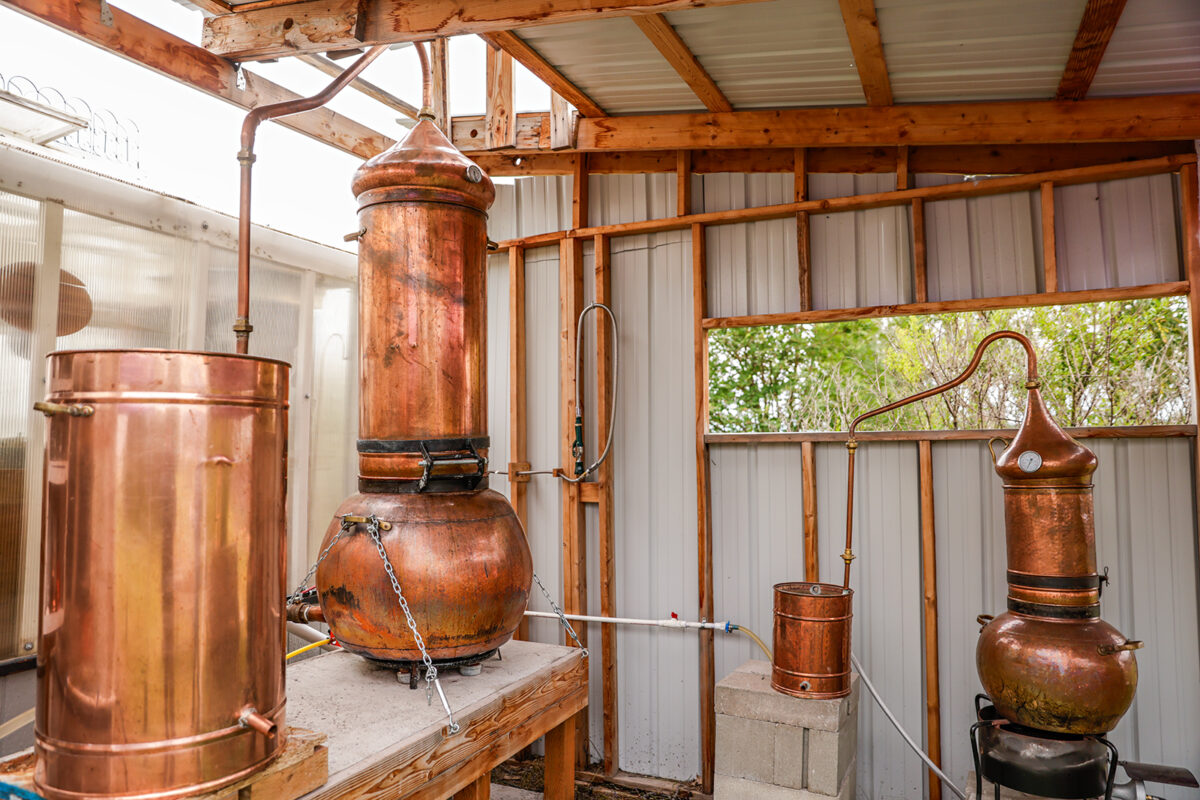
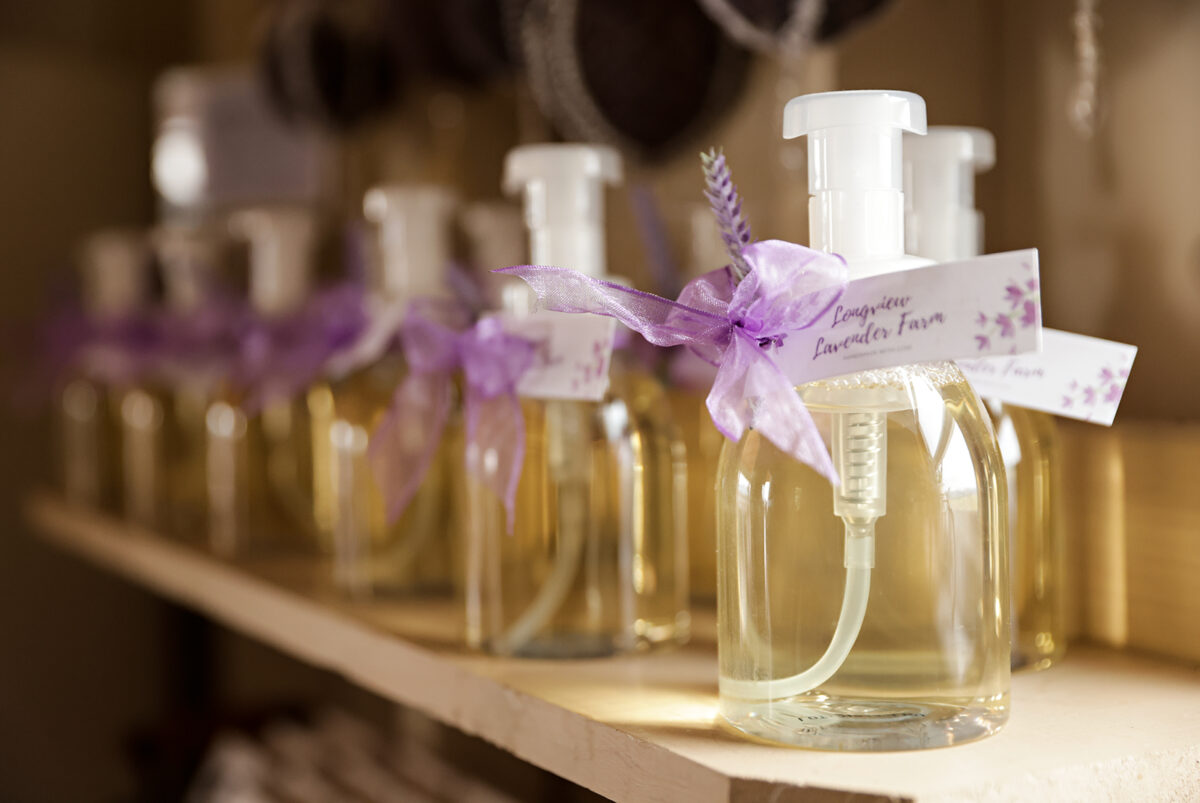
Sullivan also demonstrates the distillation process during a presentation and customers can then head over to the store to buy products like essential oils, candles, fire kindling and bath balm.
Community engagement plays an integral role in the growing trend, Hartman said, as consumers are becoming more interested in where their products are coming from.
According to the ITTR survey, 71% of respondents believed agritourism strengthens the ability to sustain their land while 49% rated increased revenue and public education as motivators.
While agritourism has proven to be a reliable source of revenue, businessowners say liability and insurance costs have posed significant barriers. High costs are often a result of the presence of livestock, uneven terrain and farming equipment, which are high-risk factors for insurance companies.
“We heard time and time again about issues of liability and insurance – that’s a major barrier people see,” Hartman said. “The requirements seem confusing and it’s really expensive. So, there’s that hesitation.”
Despite the hurdles, Sullivan said the farm has proven to be profitable from May through September during lavender season, which also lines up with Montana’s tourism season, condensing 12 months of work into 120 days.
“The big advantage is you basically have an income-producing piece of property,” Sullivan said. “That’s what it boils down to.
Correction: An earlier version of this story stated that the Longview Lavender Farm 800 plants when it actually has 8,000 plants.